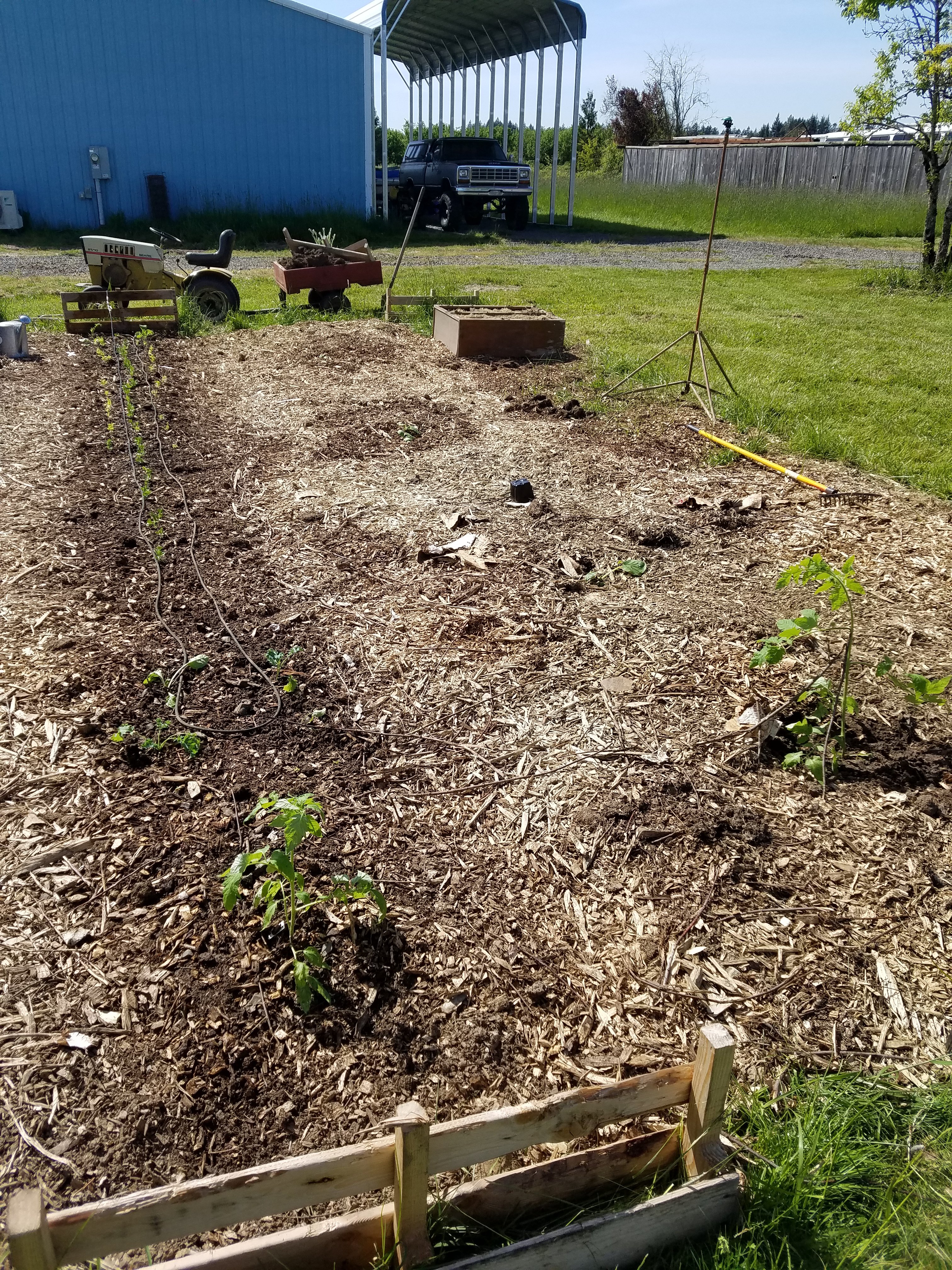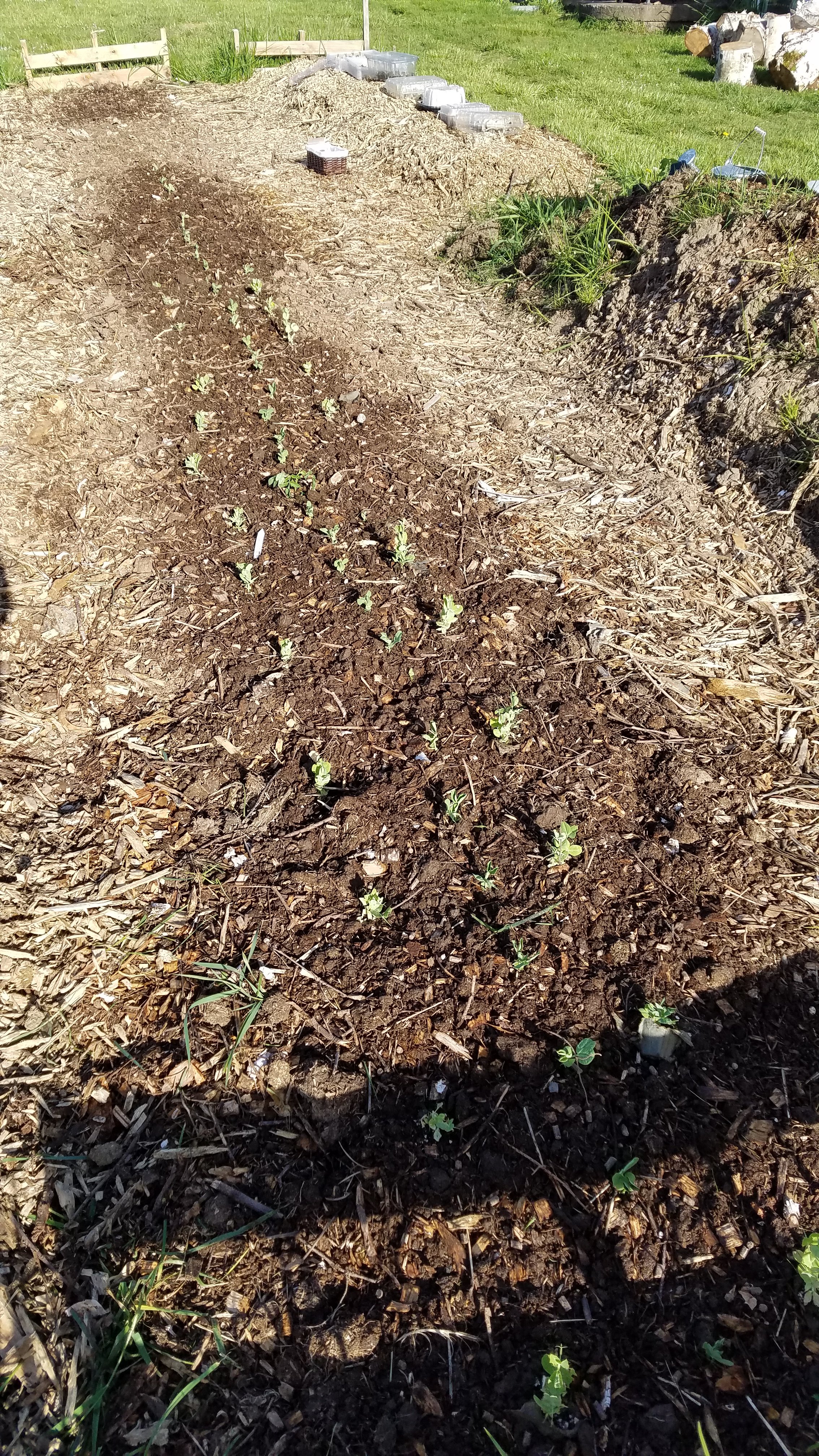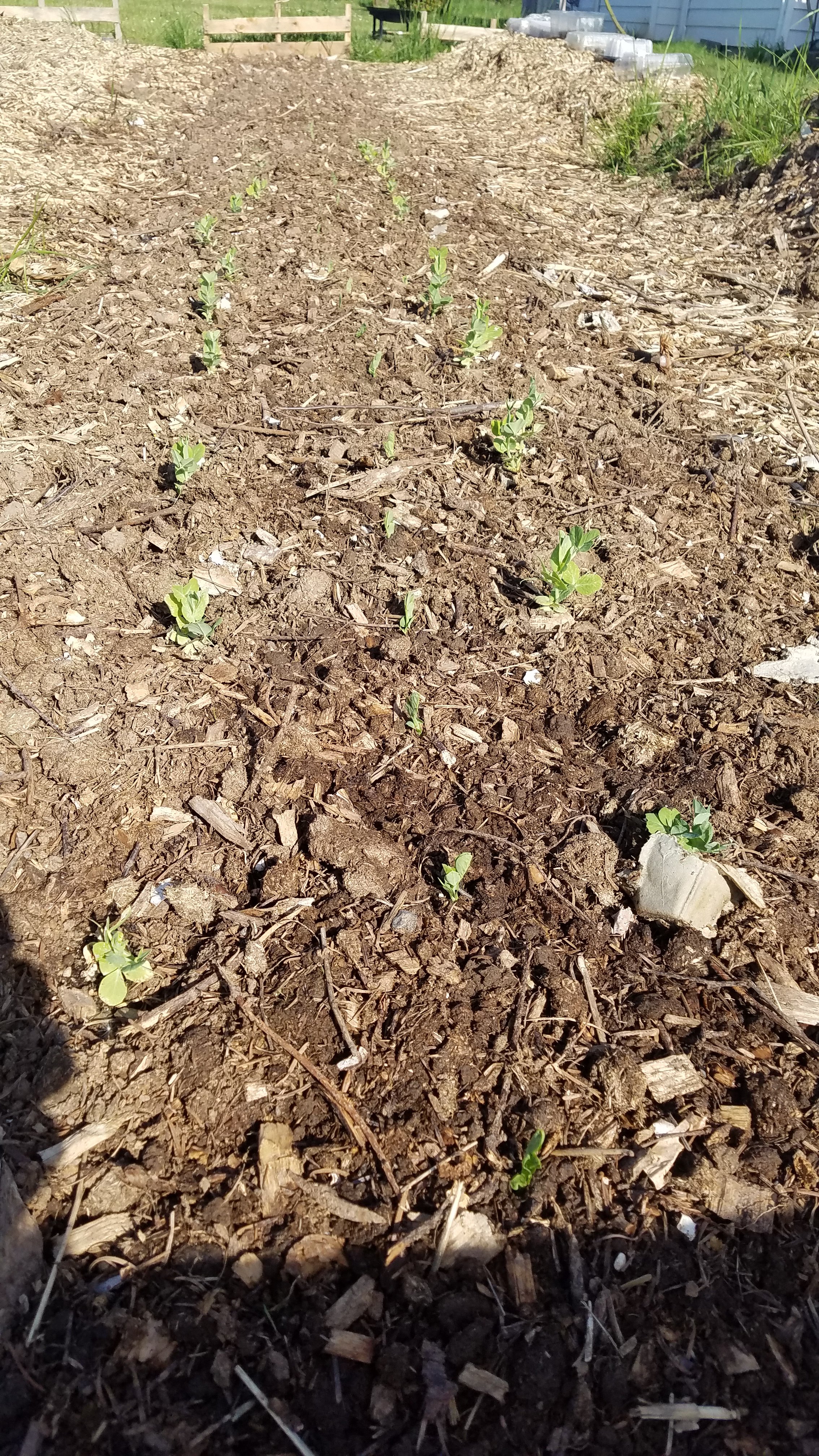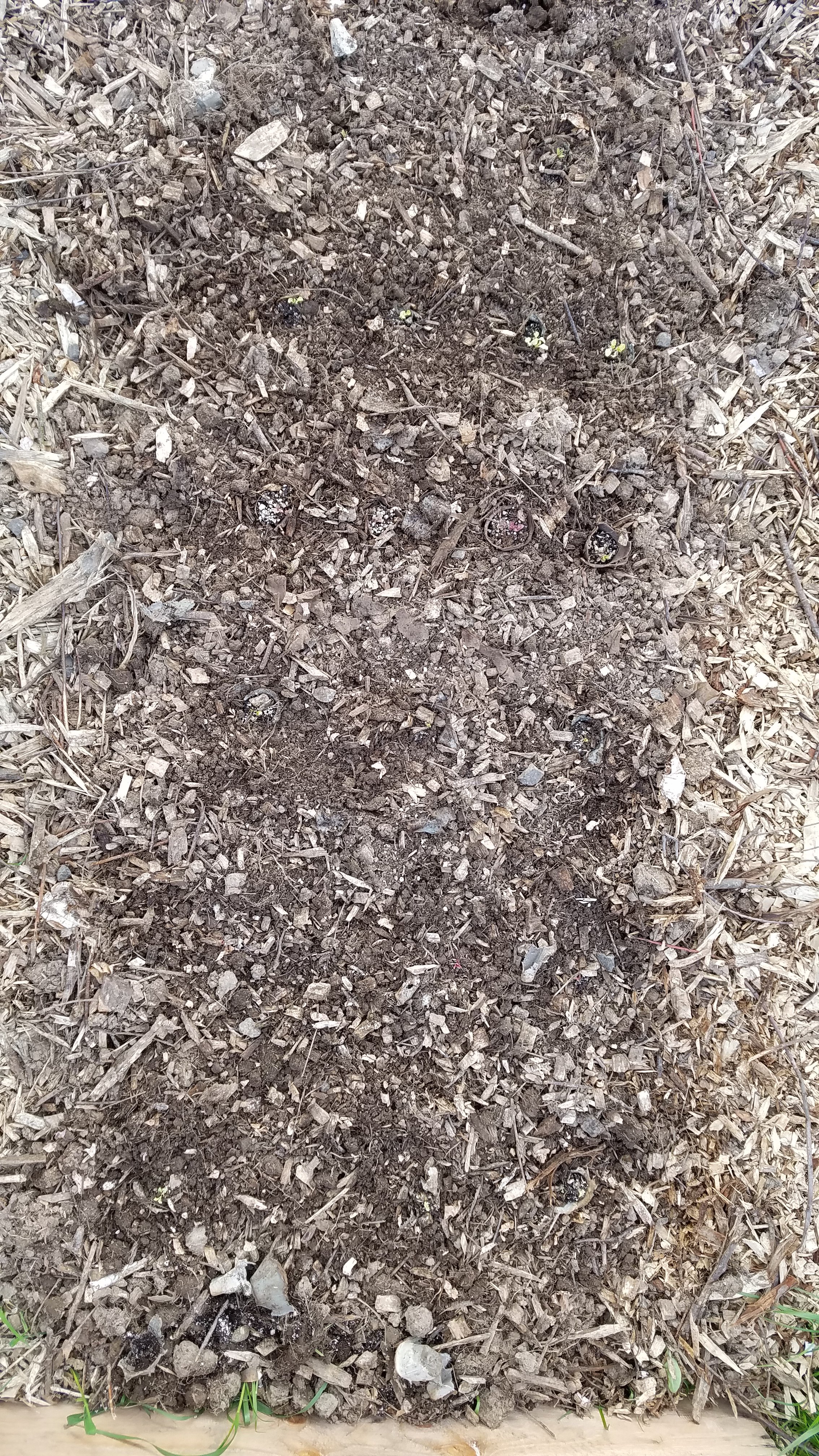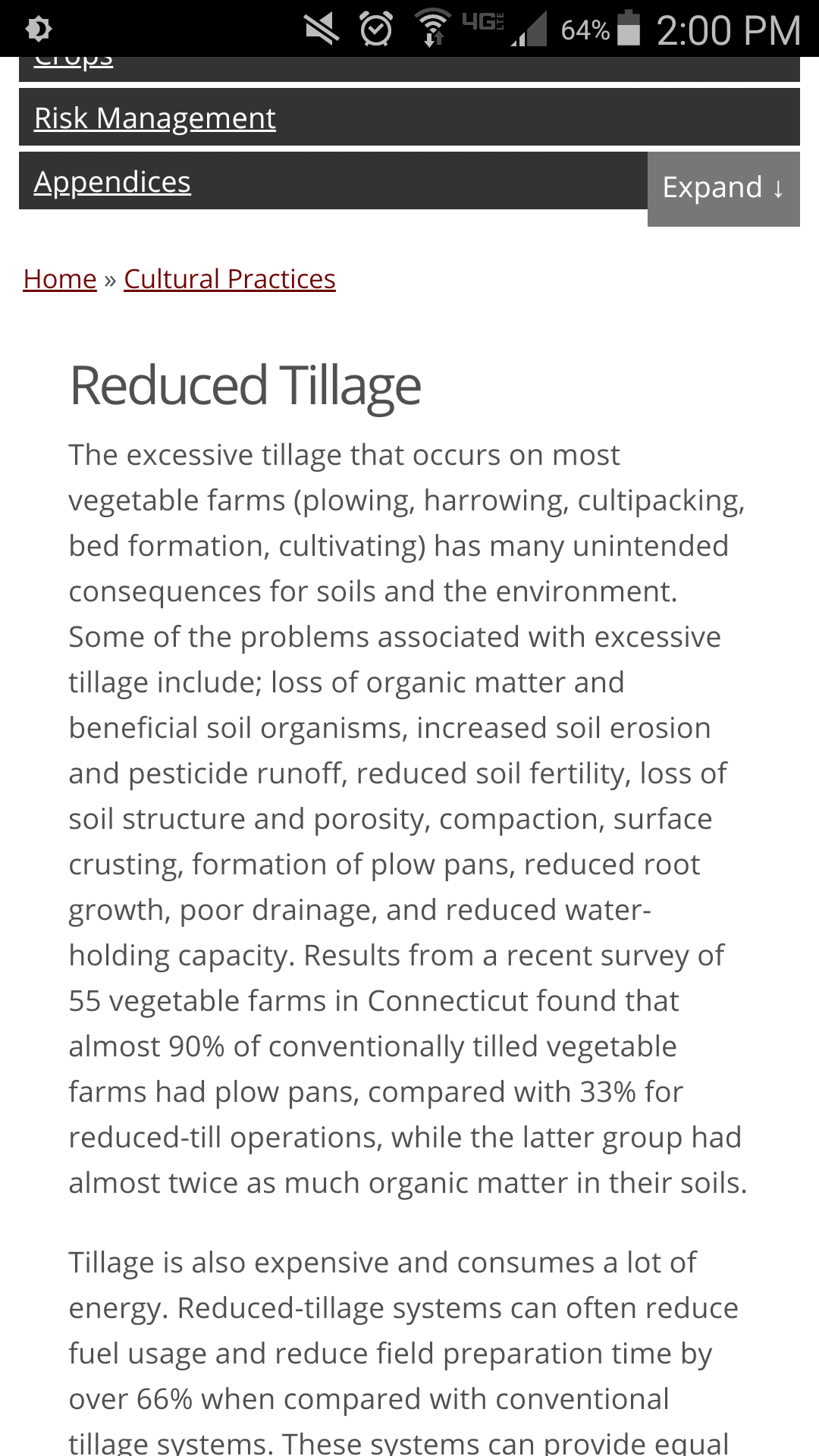
I’m fascinated by soil health. It’s not only a foundational component of growing crops and pasture, but is a crucial concept for responsible stewards of this earth to understand.
There is life under your feet. And many common farming practices work against Mother Nature, causing long term harm to our soil.
A few months ago Josh read a book where he learned that rototilling may not be the best practice for long term soil health. It’s incredibly disruptive to the complex and rich “underworld” of fungi, beneficial insects, burrowing animals, bacteria and other things that make soil more than just clay, silt and sand.
Of course, when we look on top of the soil we see a beautiful connection of plants, animals, fungi, and water. But life goes much deeper than that below the surface. I believe the richness of life under our feet may just rival the richness of life that springs from it.
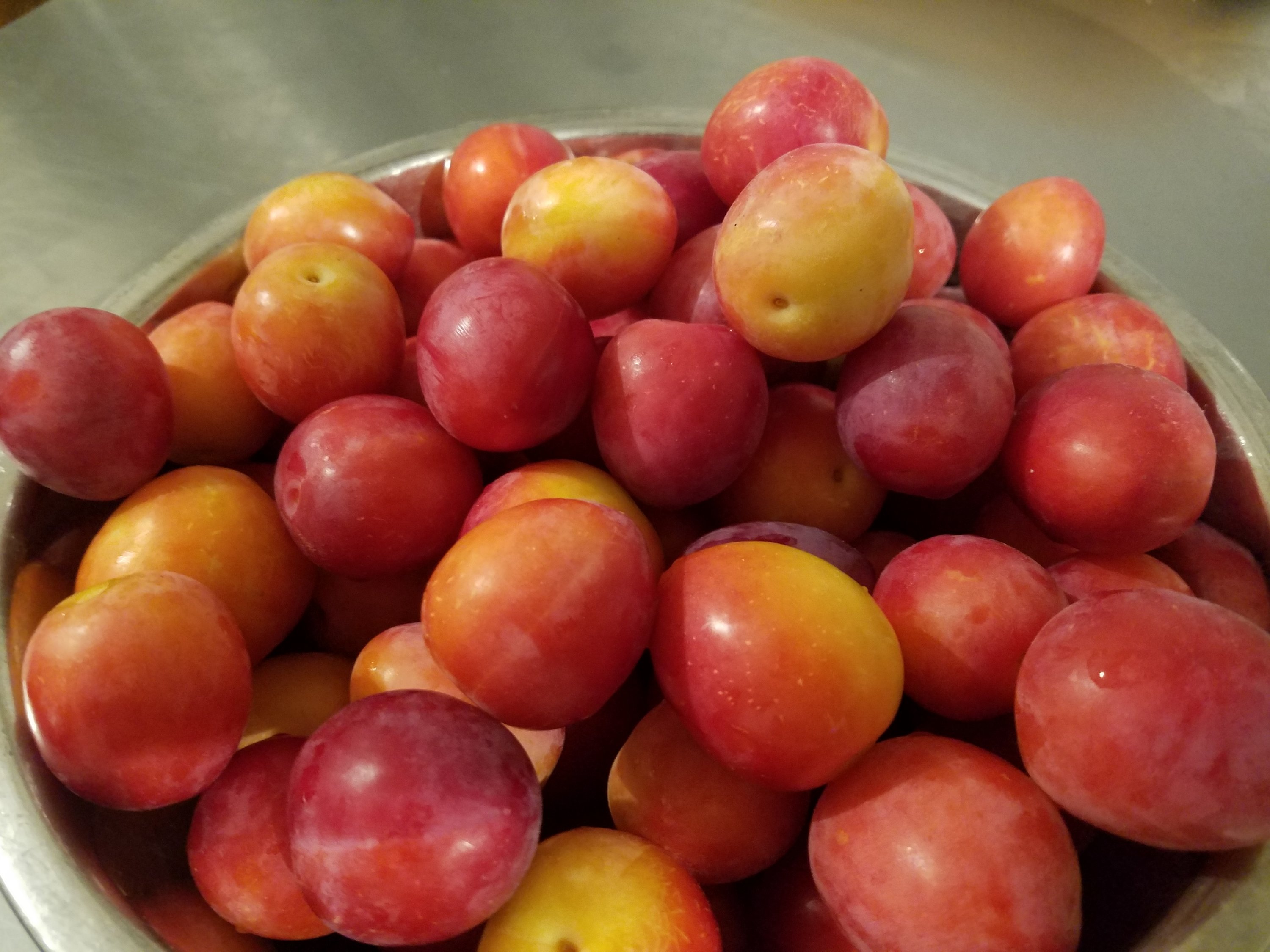

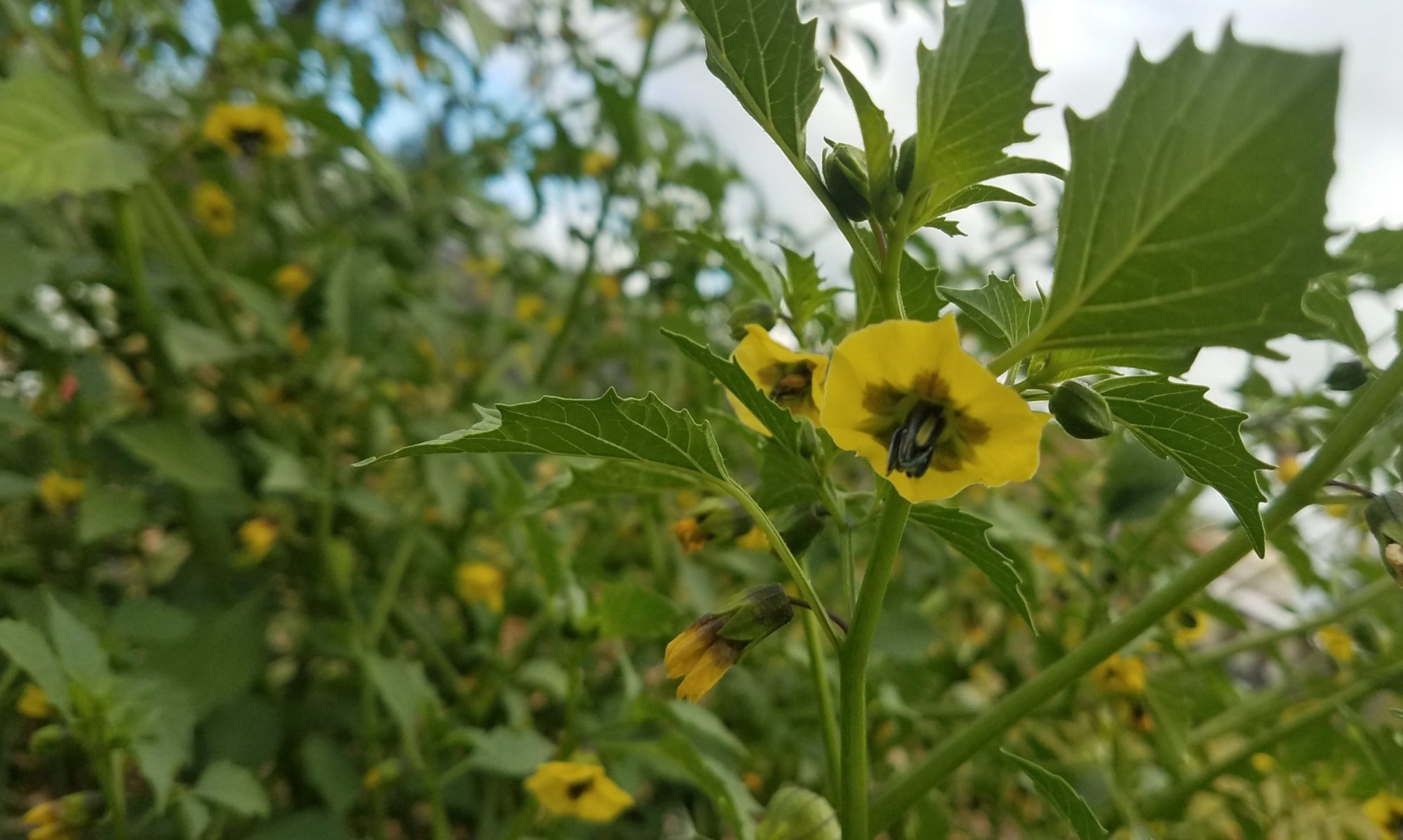

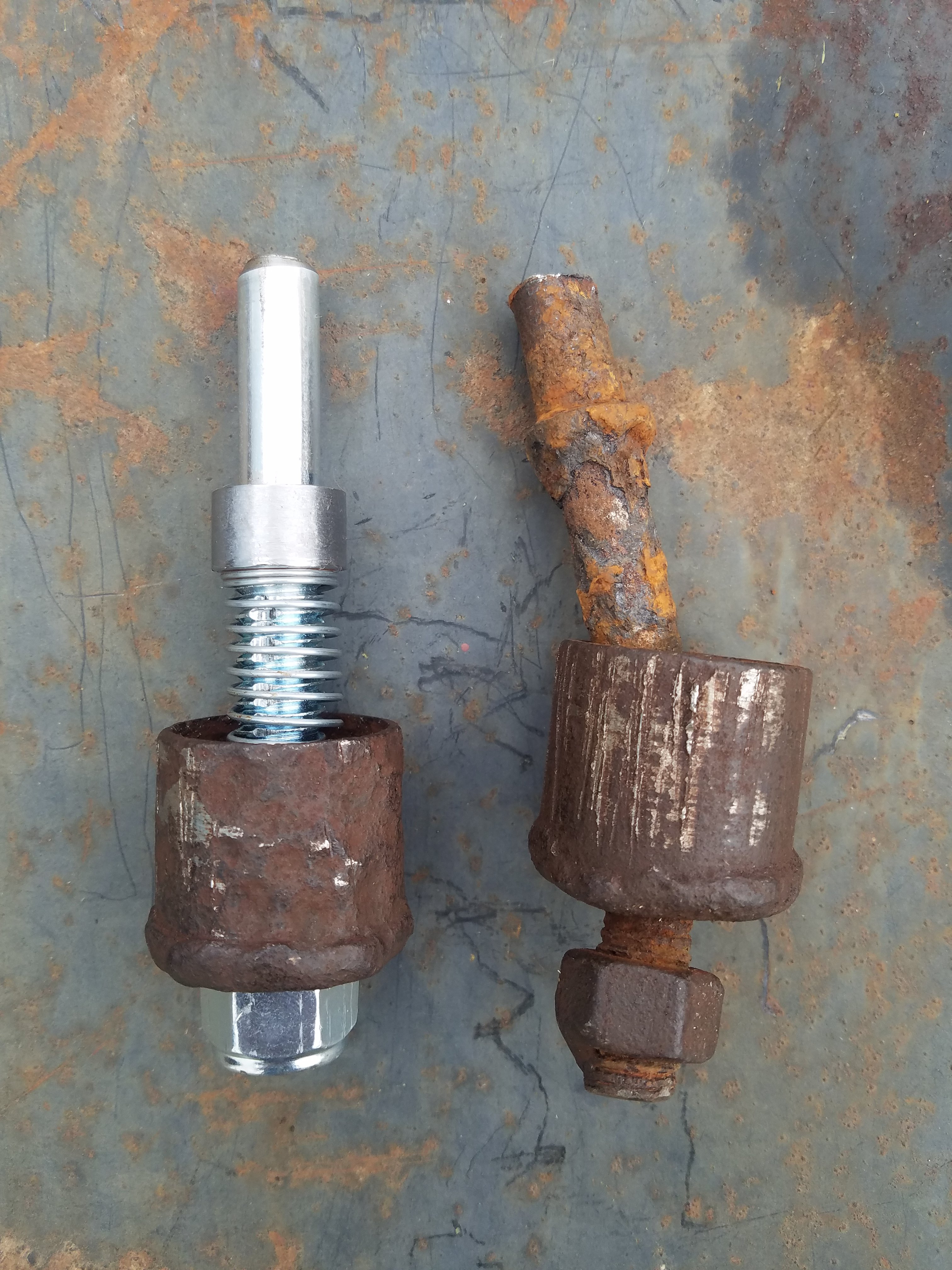
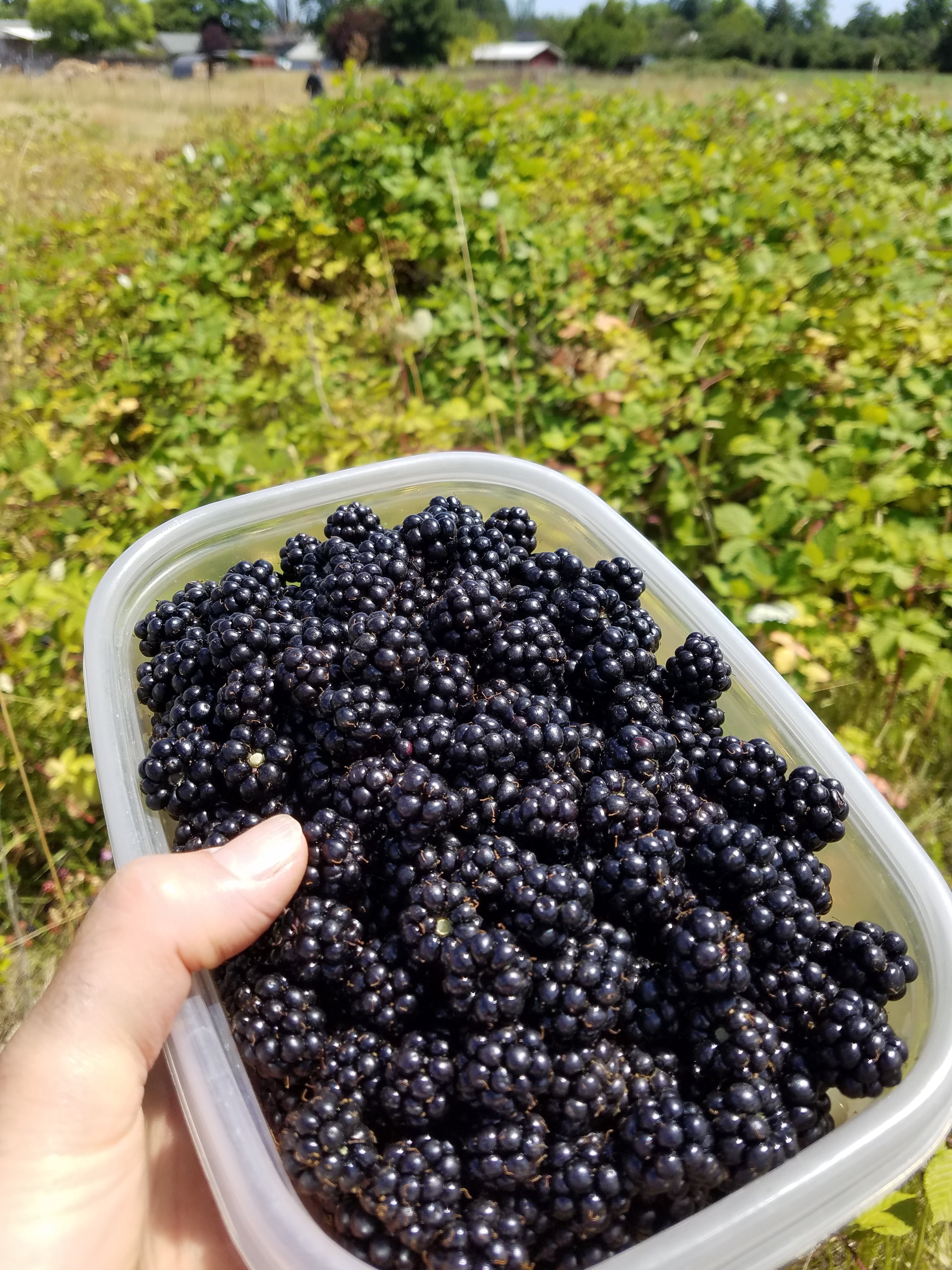
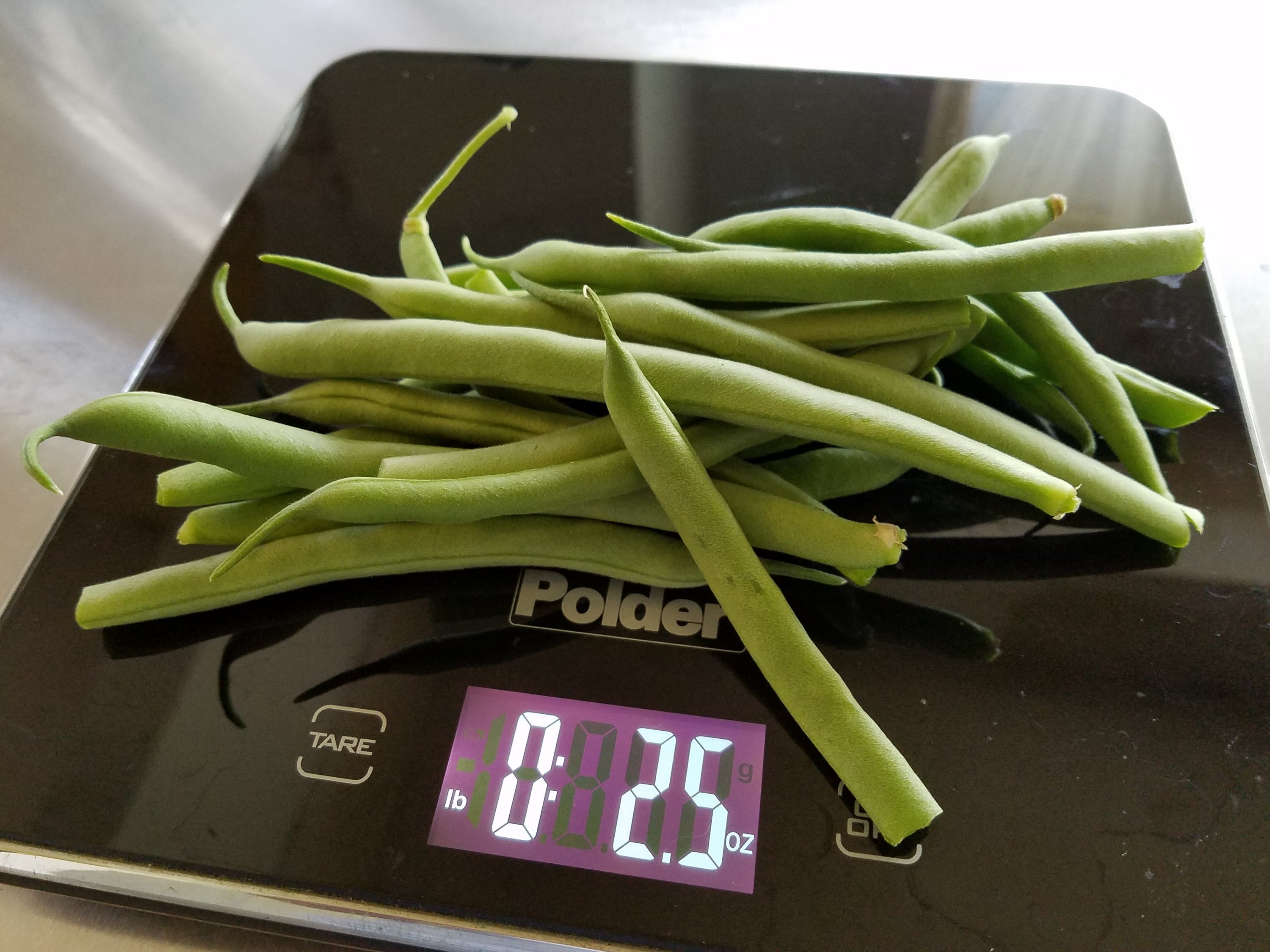

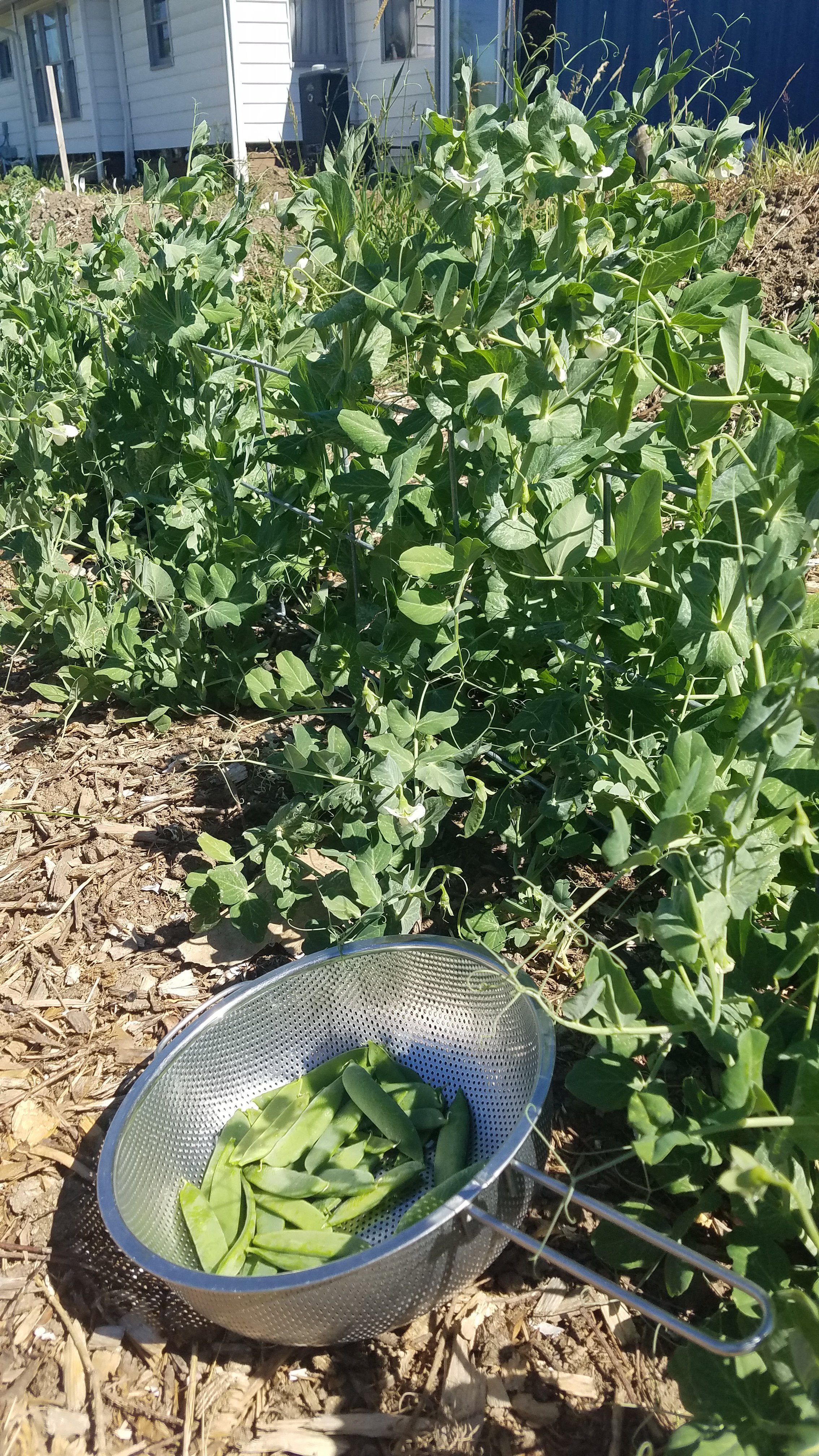
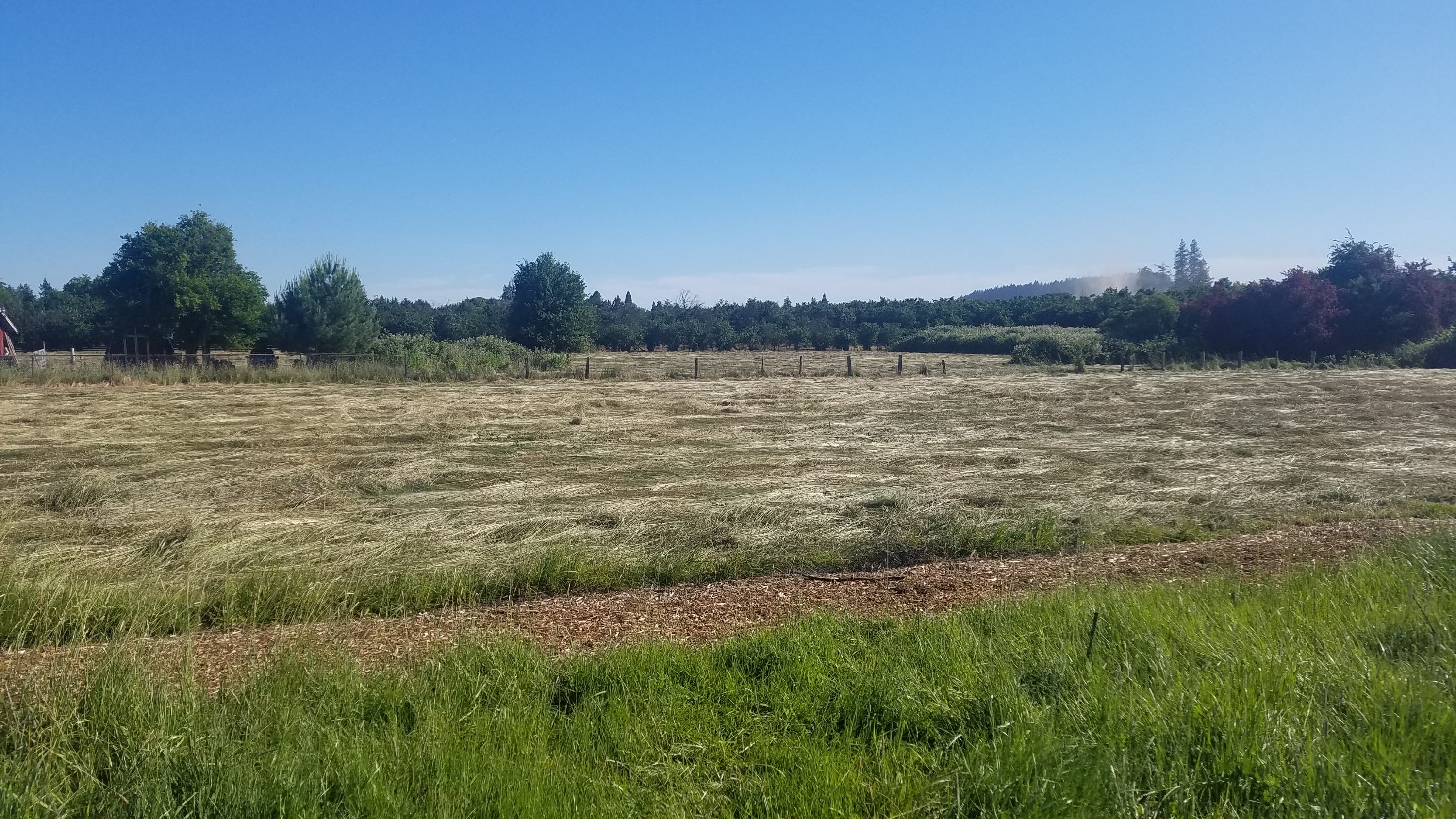
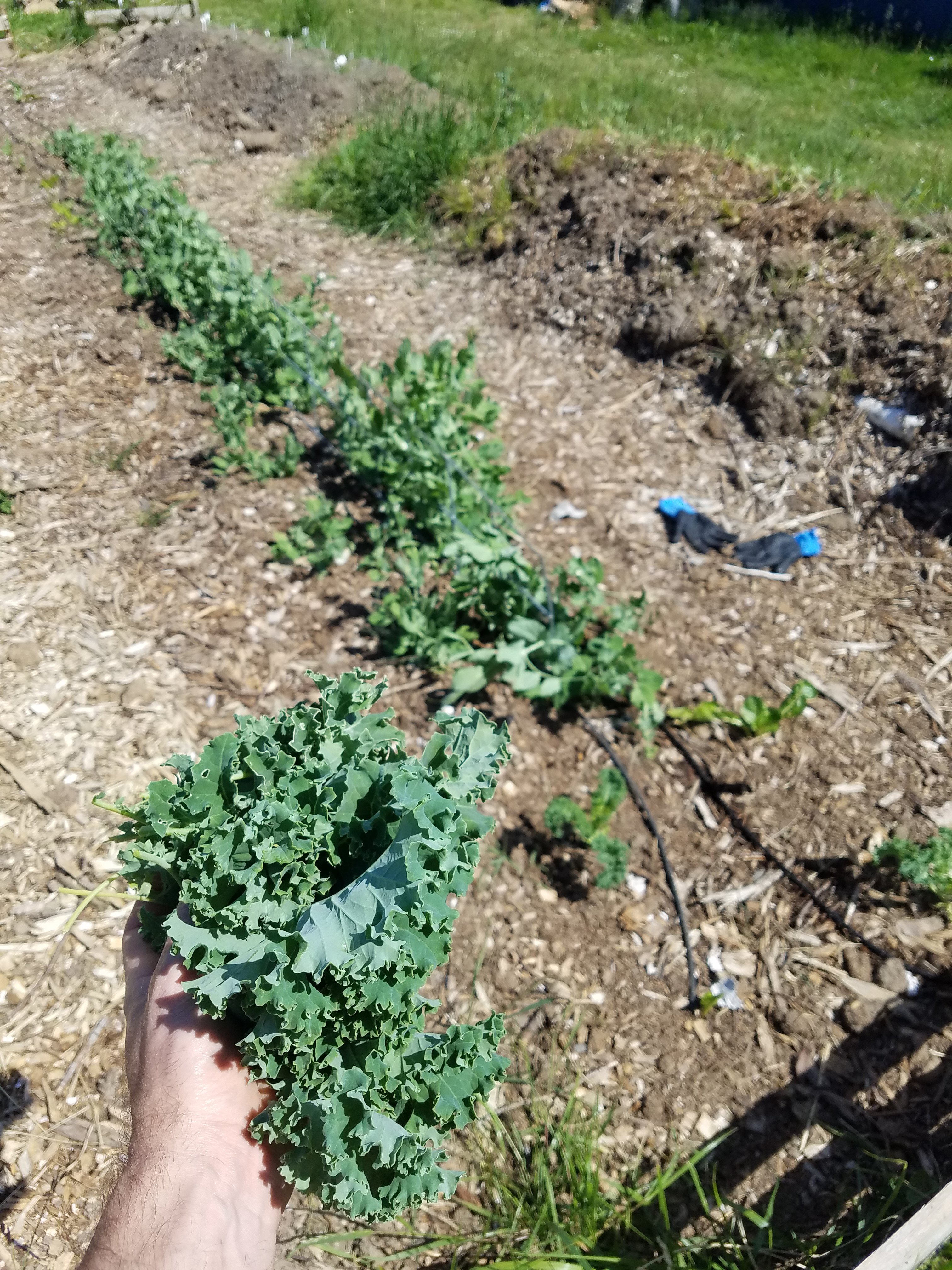

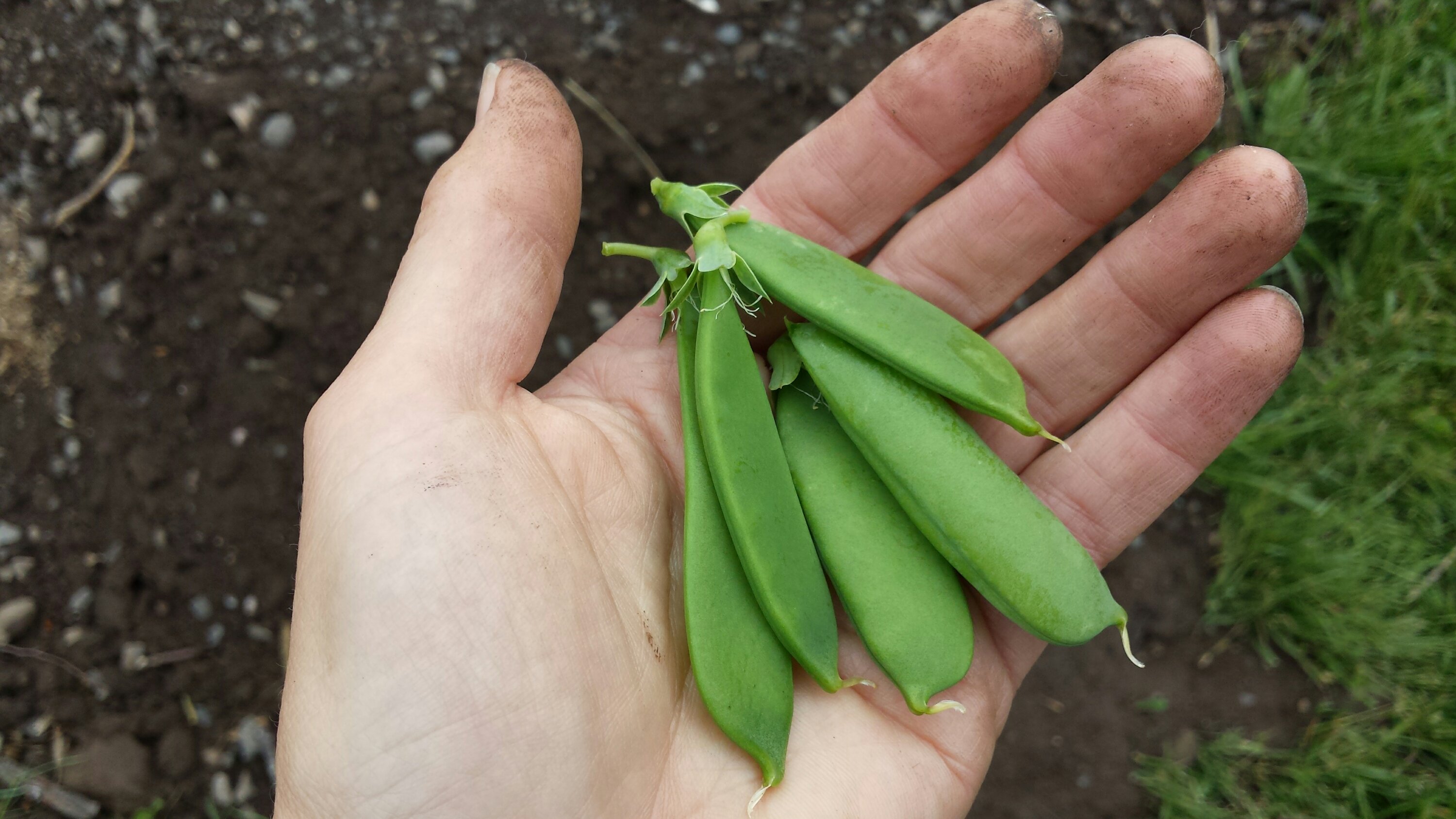
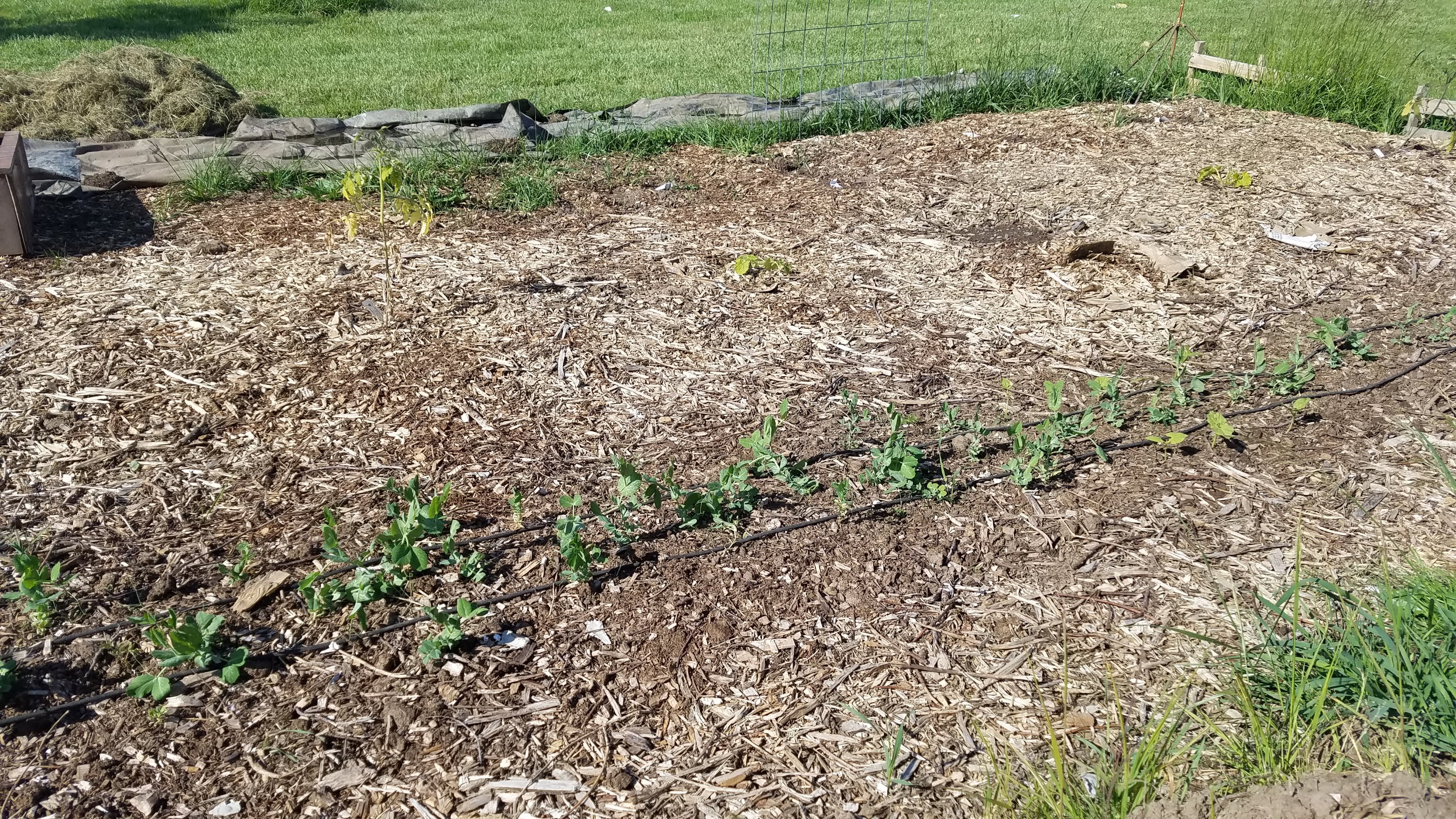

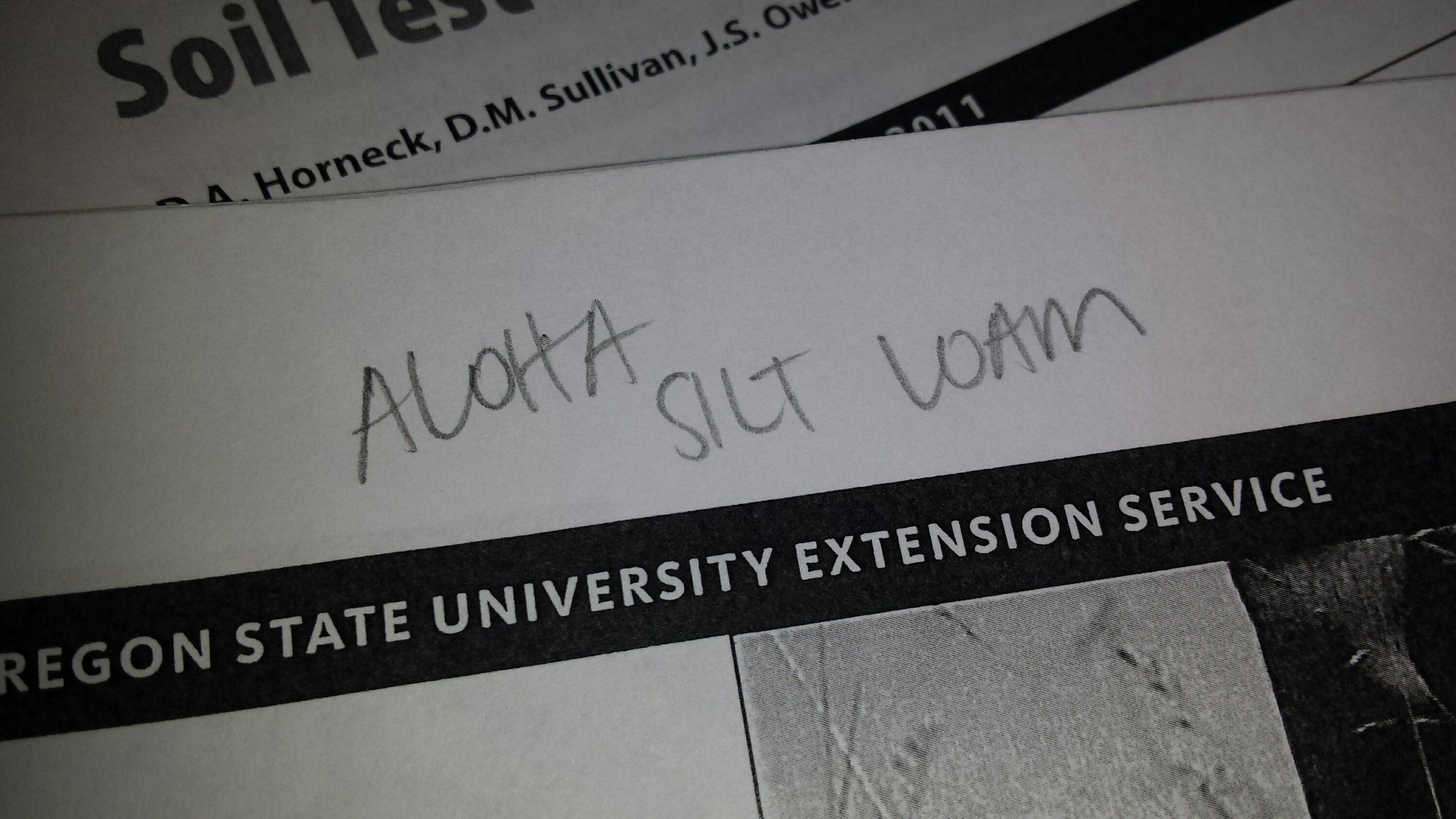
 Josh discovered a website that maps all the different soil types in the United States. He looked up our address and found out that we have Aloha (pronounced uh-LO-uh) Silt Loam.
Josh discovered a website that maps all the different soil types in the United States. He looked up our address and found out that we have Aloha (pronounced uh-LO-uh) Silt Loam.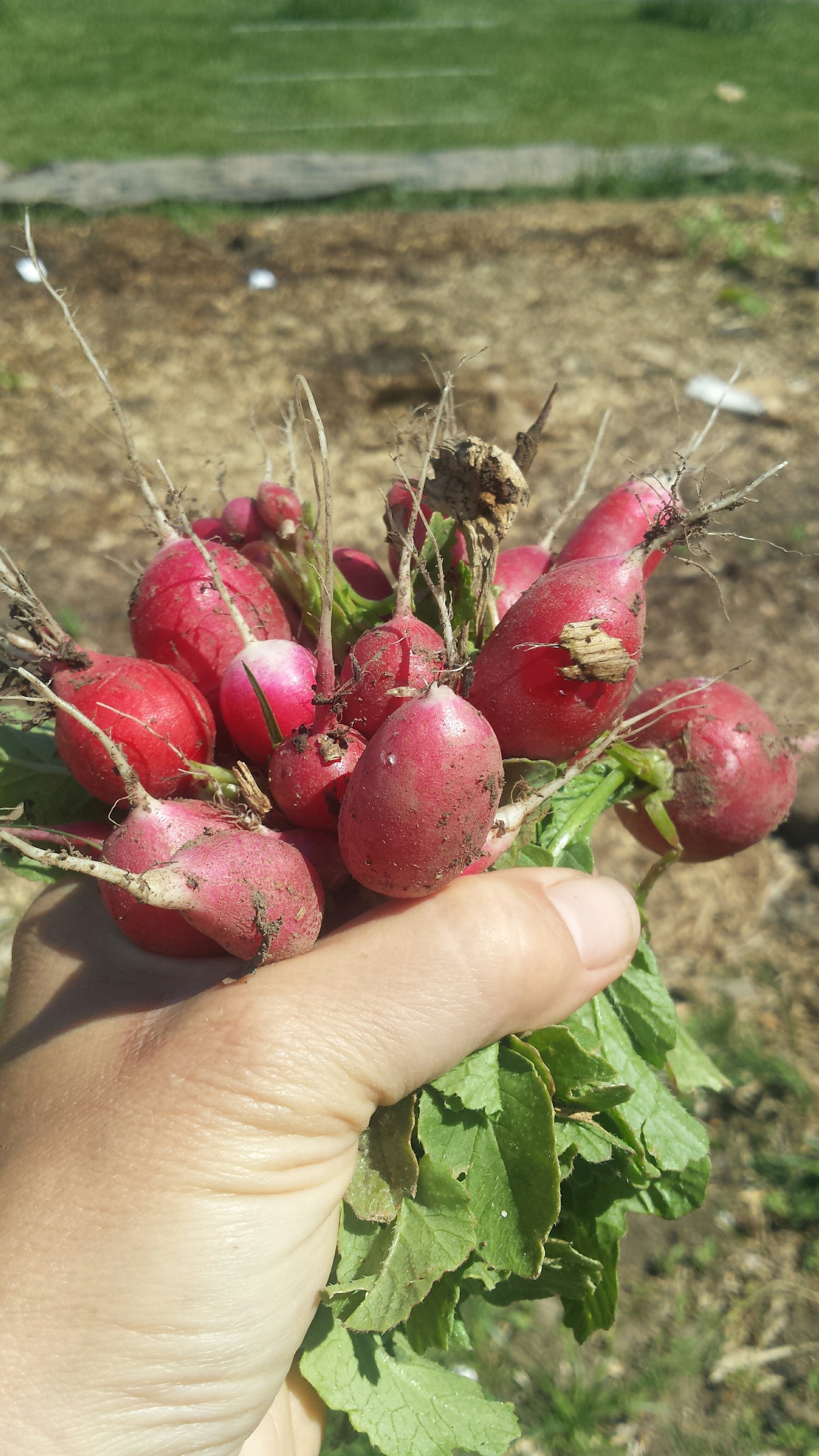 Technically I got my first radish a couple weeks ago. I picked it, put it in my jacket pocket and forgot about it. Today, though, I was able to harvest my first fistfull of radishes! Yay!I’m not a huge fan of radishes, but they’re great because they can be started in early spring and harvested a month or so later! They’re also incredibly easy to grow. An idiot-proof veggie.
Technically I got my first radish a couple weeks ago. I picked it, put it in my jacket pocket and forgot about it. Today, though, I was able to harvest my first fistfull of radishes! Yay!I’m not a huge fan of radishes, but they’re great because they can be started in early spring and harvested a month or so later! They’re also incredibly easy to grow. An idiot-proof veggie.